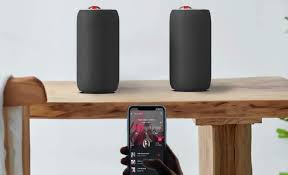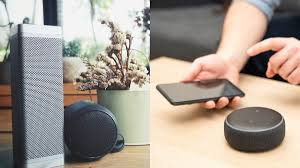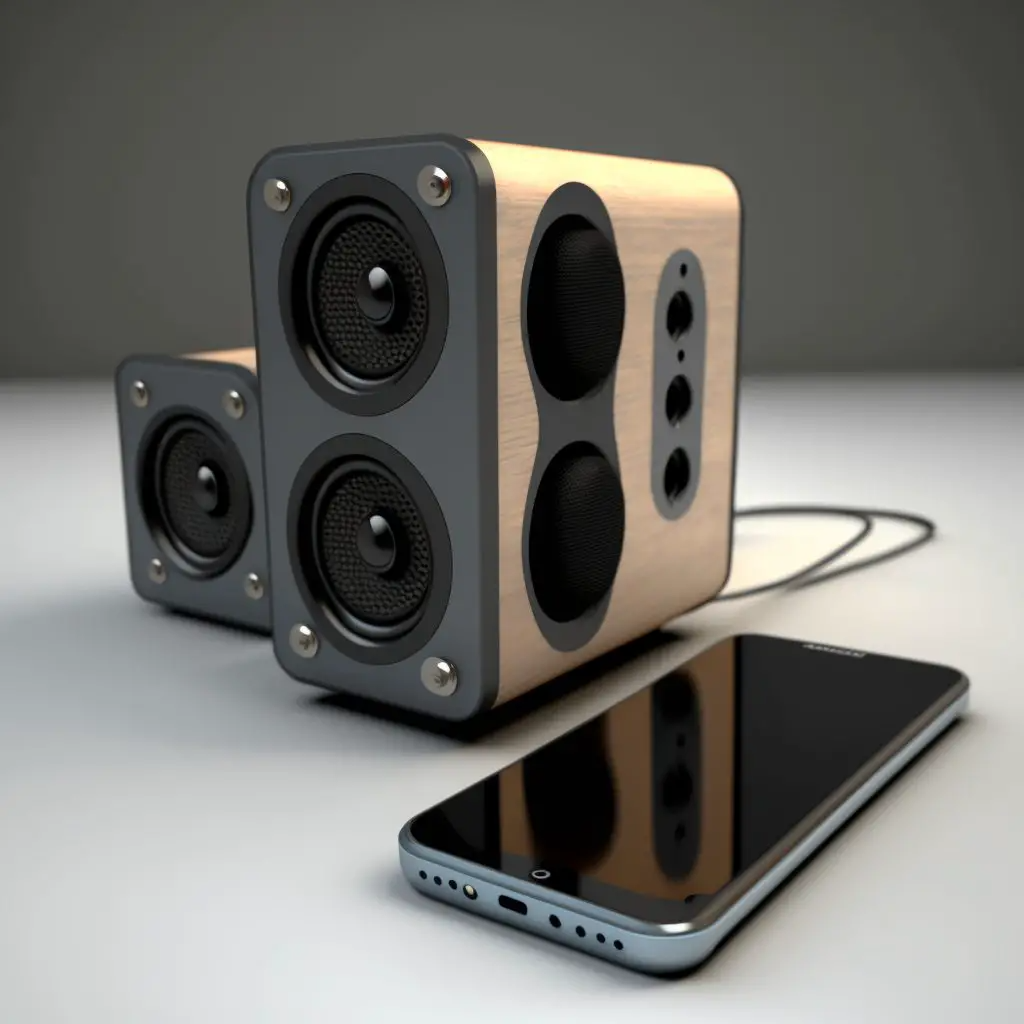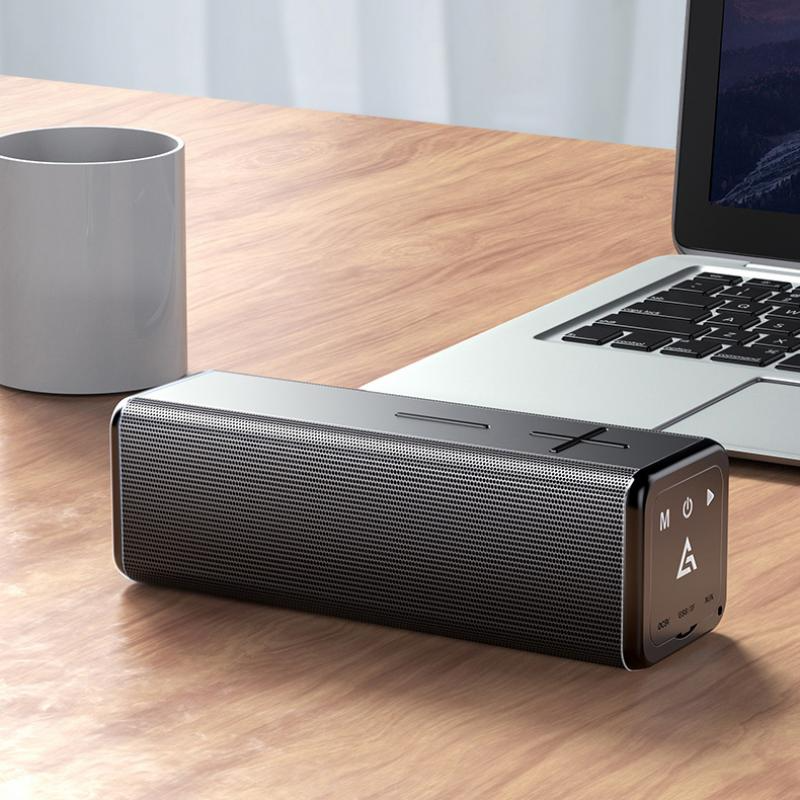1. Understanding the Limitations of Standard Bluetooth
Standard Bluetooth technology, initially designed for wireless data transfer and communication between devices, has evolved over time to support audio streaming. However, it was primarily built around a one-to-one connection model, which means that a single audio source can typically transmit audio to only one Bluetooth speaker at once.
In the context of traditional Bluetooth (Bluetooth Classic), when you connect your smartphone or computer to a speaker, it establishes a point-to-point connection. This configuration doesn’t inherently allow for simultaneous playback on multiple speakers. Each new pairing replaces the previous one, making it impossible to have a synchronized multi-speaker setup without additional technologies or workarounds.
Moreover, standard Bluetooth also has limitations in terms of range and bandwidth, which could affect the quality and stability of the audio stream. While Bluetooth 5.0 and later versions offer improved performance and range, they still maintain the inherent one-to-one limitation for audio streaming.
However, advancements such as Bluetooth Low Energy (BLE) have paved the way for newer protocols like Bluetooth Mesh, which allows for many-to-many connections. But for our specific use case of playing music across multiple speakers simultaneously, we need to look into dedicated multi-room systems, proprietary pairing modes offered by some speaker brands, or alternative wireless audio solutions.
In essence, before attempting to pair multiple Bluetooth speakers, it’s important to be aware of these limitations and understand that achieving synchronized playback will likely require more than just standard Bluetooth connectivity alone.
2. Exploring Multi-room Audio Systems of Bluetooth Speakers
Multi-room audio systems allow users to play music or other audio content in sync across multiple speakers throughout their home, overcoming the limitations of standard Bluetooth connectivity. These systems are designed for seamless and integrated wireless playback that extends beyond a single room, providing an immersive listening experience.
Wi-Fi Based Systems:
Unlike Bluetooth, Wi-Fi offers broader bandwidth and significantly greater range, making it ideal for multi-room setups. Many high-end audio brands such as Sonos, Bose, Amazon Echo with Alexa, Google Nest devices with Google Assistant, and Apple’s AirPlay 2-enabled speakers use Wi-Fi to deliver synchronized audio. They have proprietary apps that allow you to group and control multiple speakers, set up zones, and stream high-quality audio from various sources like streaming services, local libraries, or even internet radio.
Adopting Standards:
Some multi-room systems adhere to industry standards like DTS Play-Fi, Qualcomm AllPlay, or Bluesound’s BluOS, which enable interoperability between different brands’ products. This way, you can create a customized system using your preferred speaker models while enjoying the benefits of synchronized multi-room playback.
Bluetooth Mesh:
A newer development is Bluetooth Mesh, which allows for many-to-many connections, potentially enabling multi-room functionality. However, its adoption for synchronized audio streaming is still in its early stages compared to Wi-Fi-based solutions.
Hybrid Solutions:
Some devices combine both Bluetooth and Wi-Fi capabilities, offering flexibility in how you connect and stream audio. For instance, they may let you pair a Bluetooth device for direct streaming or connect to your home Wi-Fi network for multi-room functionality.
Setup and Control:
Modern multi-room audio systems often provide user-friendly interfaces on mobile apps or voice commands through smart assistants, allowing you to easily manage and customize your audio setup without needing extensive technical knowledge.
In summary, multi-room audio systems represent a sophisticated solution to the problem of synchronizing audio across multiple speakers. By leveraging the power of Wi-Fi and advanced software technologies, they offer unparalleled convenience, flexibility, and sound quality in creating a personalized whole-home audio environment.
3. Using Bluetooth Speaker Pairing or Tethering Modes
Some modern Bluetooth speakers come with built-in features that allow them to be paired together, creating a stereo pair or even a larger sound system. For instance, JBL PartyBoost and Bose SimpleSync are examples of how certain brands enable their speakers to connect to each other. Check the user manual or manufacturer’s website for your specific speakers to see if they have this capability.
4. Bluetooth Transmitter Devices of Bluetooth Speakers
If your speakers don’t inherently support pairing with each other, a Bluetooth transmitter device can come in handy. These devices receive an audio signal from your TV, smartphone, or computer and transmit it to multiple Bluetooth receivers, effectively allowing you to pair more than one speaker. The Avantree Oasis Plus or TaoTronics TT-BA09 are popular examples of Bluetooth transmitters that support dual-link mode, enabling two Bluetooth speakers to play simultaneously.
5. Bluetooth Multipoint Connectivity
A few advanced Bluetooth devices can maintain connections with multiple sources at once. While not common in speakers, multipoint connectivity in headphones allows them to switch between two devices seamlessly. Although rare, there are some Bluetooth speakers that support connecting to multiple audio sources, though this does not equate to playing audio through both at the same time.
6. Third-party Apps and Workarounds of Bluetooth Speakers
For those willing to experiment, there are third-party apps available that can help sync audio across multiple Bluetooth speakers. Apps like AmpMe and SoundSeeder use your phone’s Wi-Fi or hotspot capabilities to synchronize music playback on several devices. Note that while these methods may provide synchronization, they might introduce latency or quality issues due to the nature of the workaround.
7. Wired Connections and Alternative Solutions
While wireless multi-room audio systems have become increasingly popular, wired connections and alternative solutions still hold their ground in certain scenarios or for specific audiophile preferences.
Wired Multi-Room Systems:
For those who prioritize absolute sound quality and reliability over convenience, a wired multi-room setup can be an excellent choice. This might involve using speaker wires to connect multiple speakers to an amplifier or receiver with zone control capabilities. Whole-home audio distribution systems like Nuvo by Legrand or SpeakerCraft offer high-fidelity audio transmission throughout the home through dedicated wiring.
Ethernet-based Audio:
Ethernet is another wired solution that delivers lossless audio to networked speakers. Devices like Sonos’s Amp or Sooloos systems allow you to connect passive speakers via Ethernet cables, providing high-quality audio streaming without the potential interference of wireless signals.
HDMI ARC/eARC and Optical TOSLINK:
In a home theater context, HDMI ARC (Audio Return Channel) or the newer eARC (Enhanced Audio Return Channel), along with Optical TOSLINK cables, can facilitate multi-room audio from a central hub like a smart TV or AV receiver to compatible speakers and soundbars.
Powerline Adapters:
A less common but viable option for whole-home audio is utilizing your existing electrical wiring through powerline adapters. These devices convert your home’s electrical circuit into a data network, allowing you to send audio signals to connected speakers. While not as prevalent as Wi-Fi or Bluetooth solutions, they can provide an alternative when wireless connectivity is unreliable or not preferred.
Hybrid Systems:
Some users opt for hybrid setups, combining both wired and wireless elements. For example, they may use a wired backbone for primary audio distribution while employing wireless speakers in areas where running cables isn’t practical or aesthetically pleasing.
DIY Solutions:
Audiophiles and tech-savvy users often build custom multi-room systems using Raspberry Pi, open-source software, and DACs (Digital-to-Analog Converters). Such DIY projects offer flexibility and cost-effectiveness but require technical expertise.
In conclusion, although wireless technology has revolutionized the multi-room audio experience, there are still valid reasons to consider wired alternatives or hybrids. Each approach offers unique benefits, so choosing between them depends on factors such as audio quality expectations, ease of installation, budget, and personal preference for aesthetics and convenience.
Conclusion
In conclusion, pairing multiple Bluetooth speakers requires understanding your speaker’s capabilities and leveraging available technologies, whether native to the speakers themselves, provided by additional hardware, or facilitated through software. With the right tools and techniques, you can create a seamless and immersive multi-speaker audio experience in any environment.